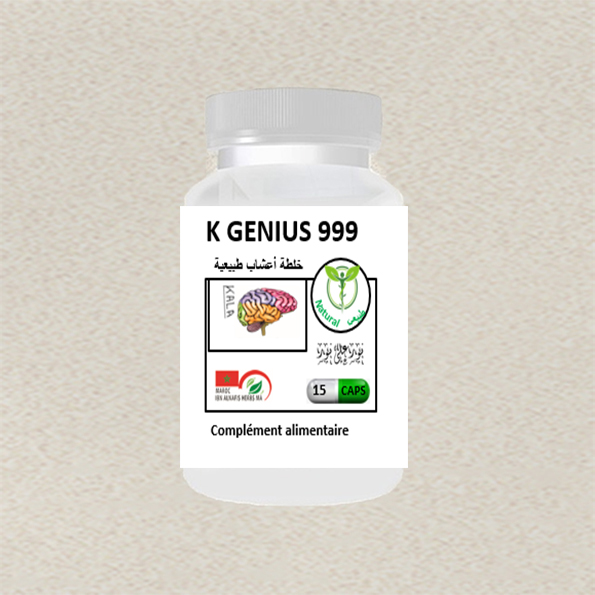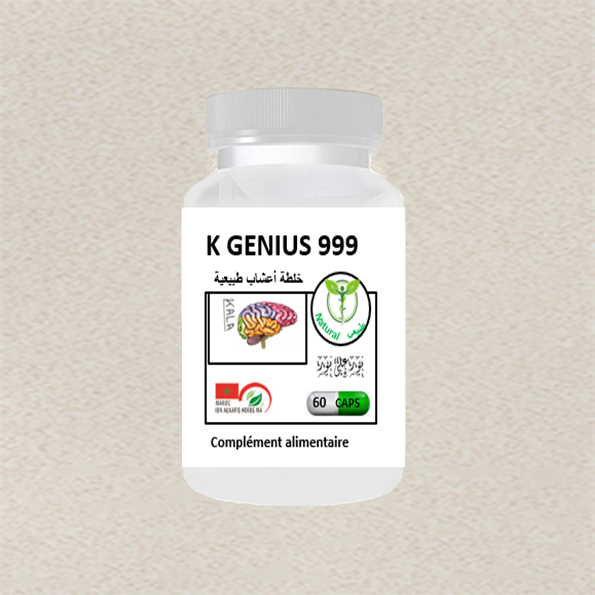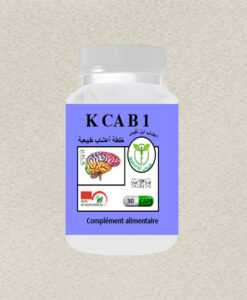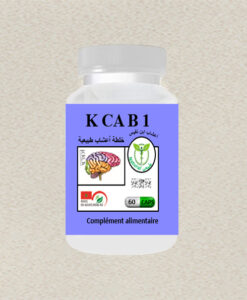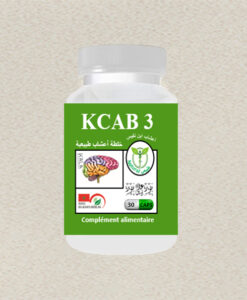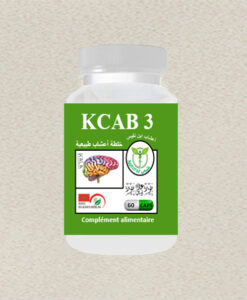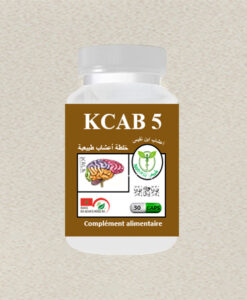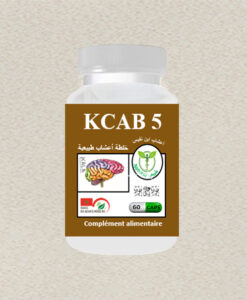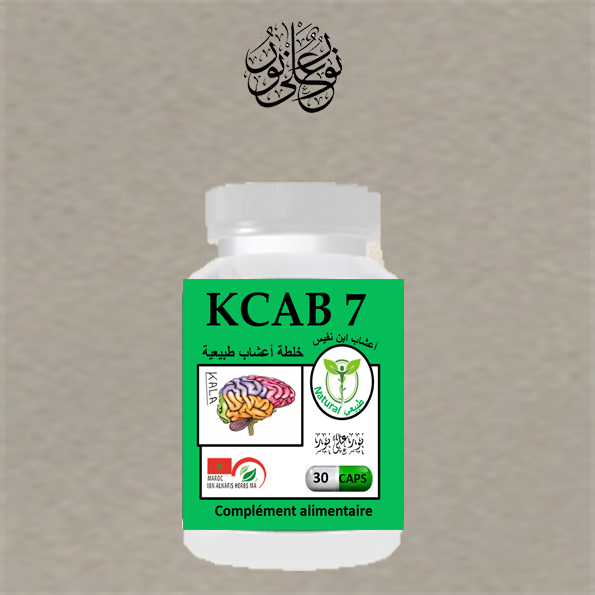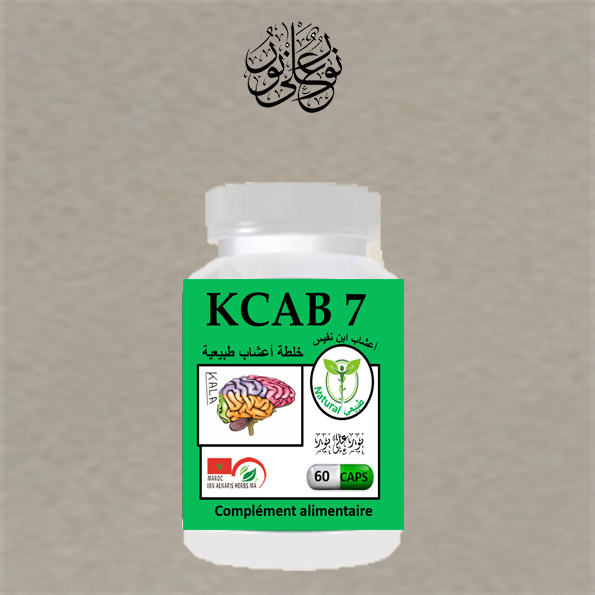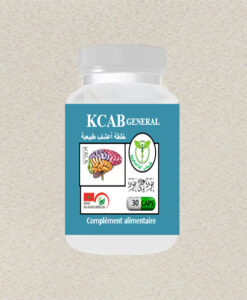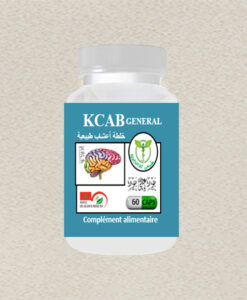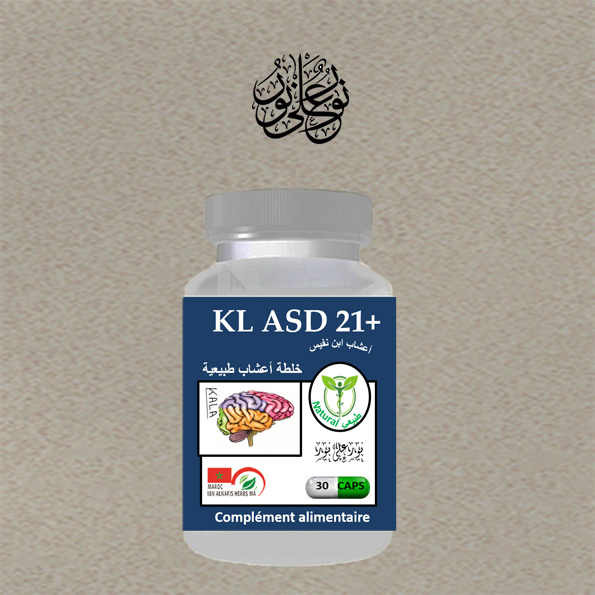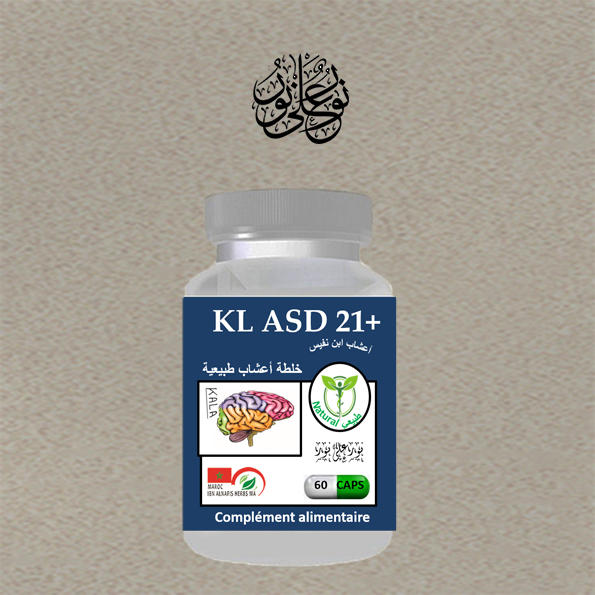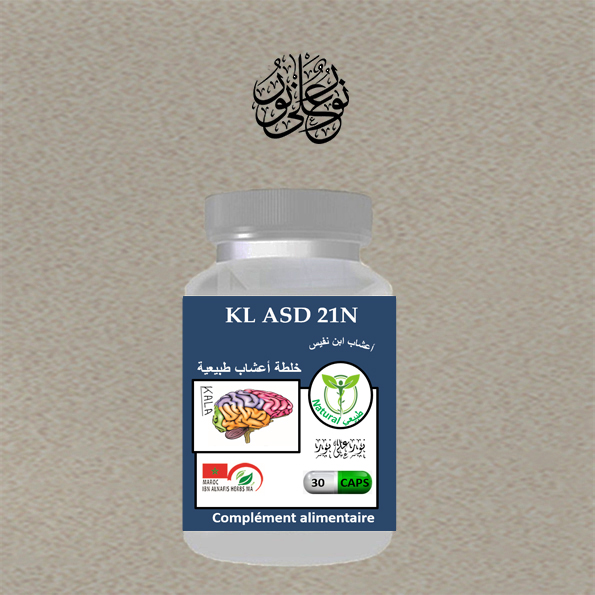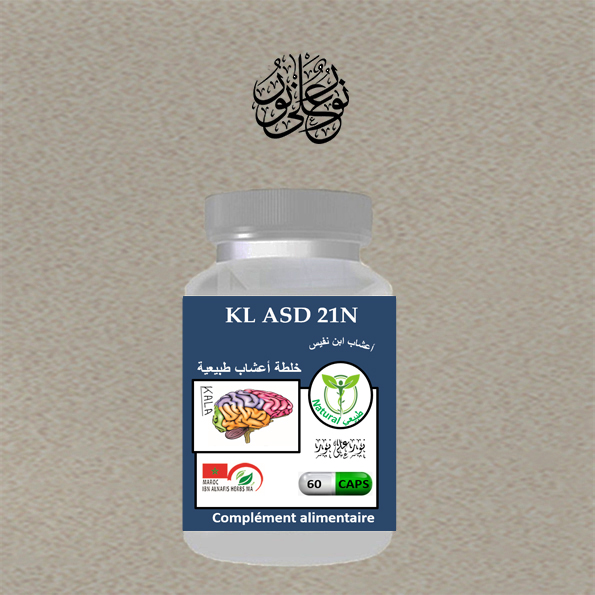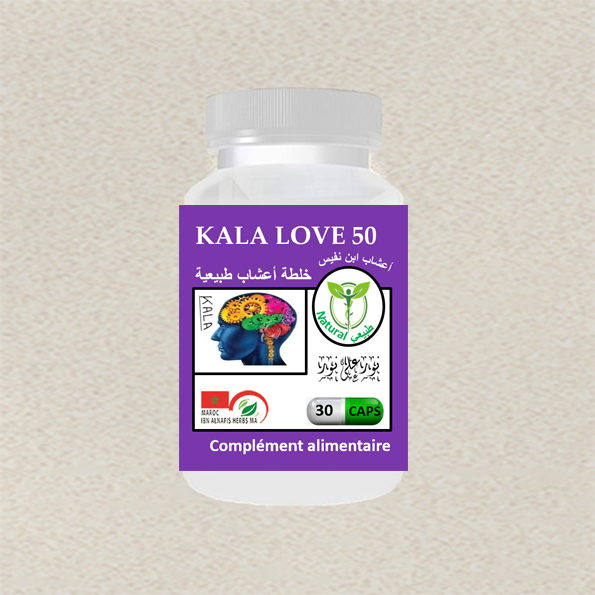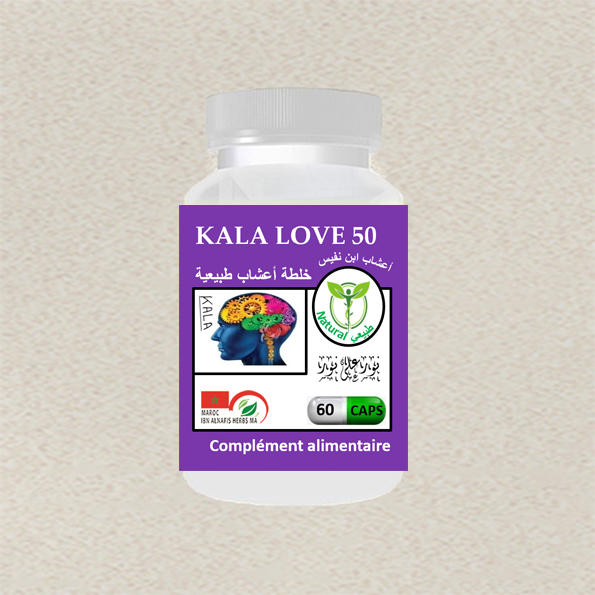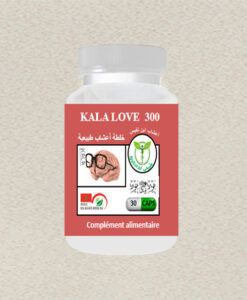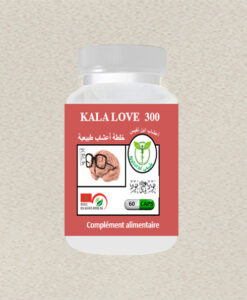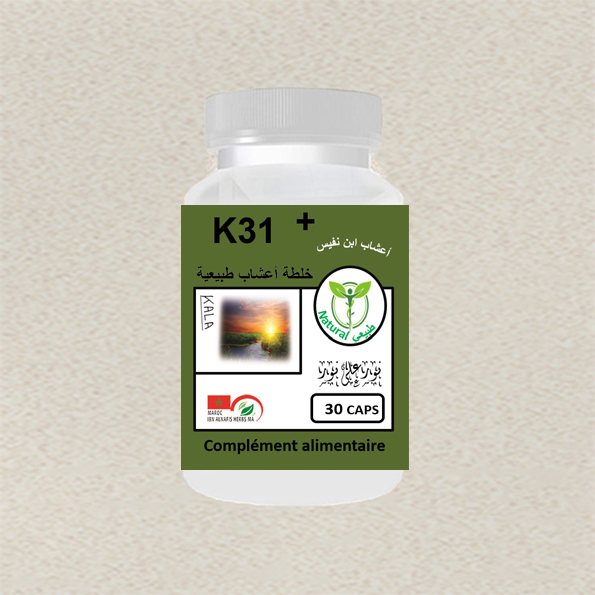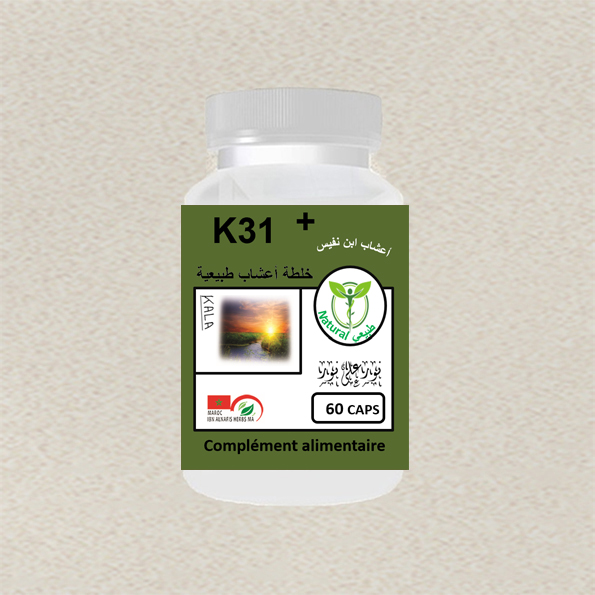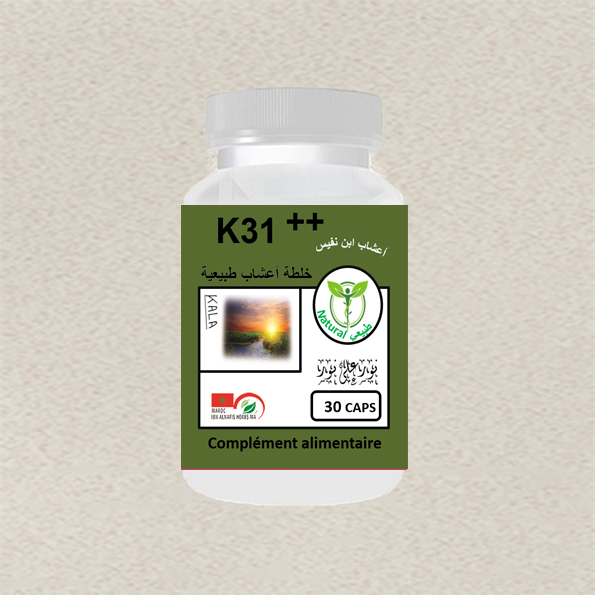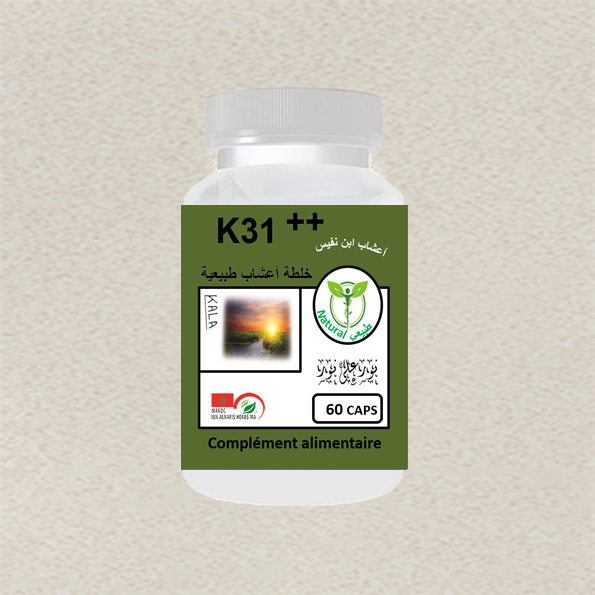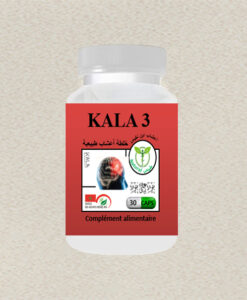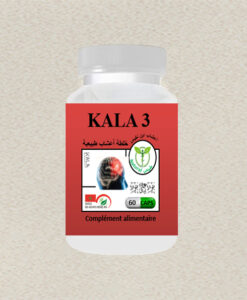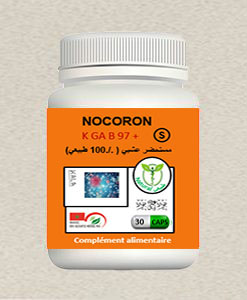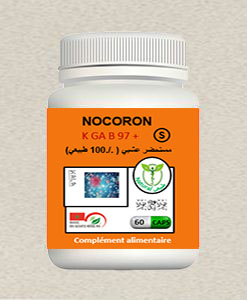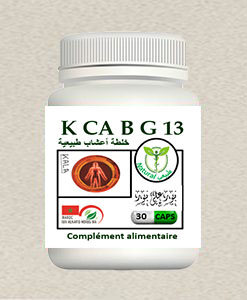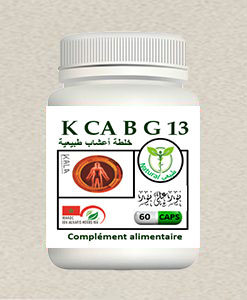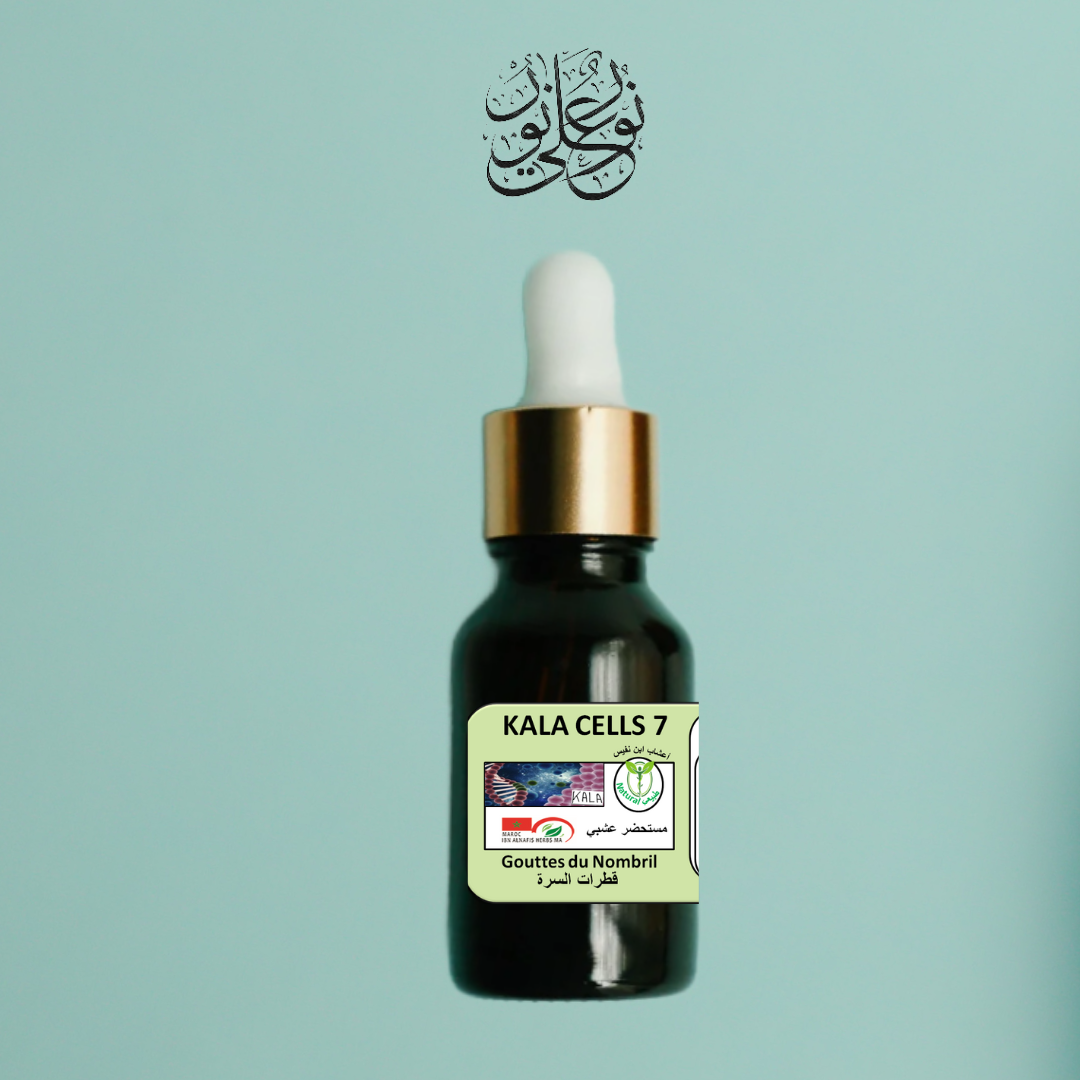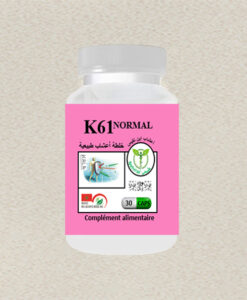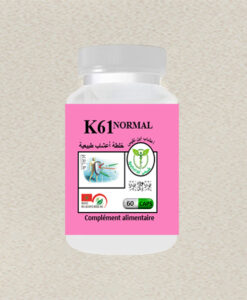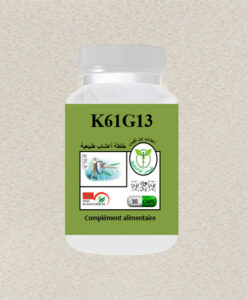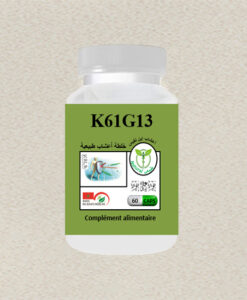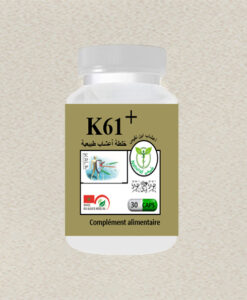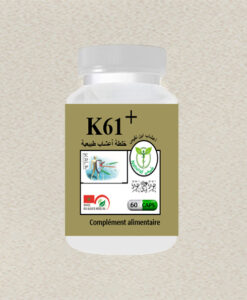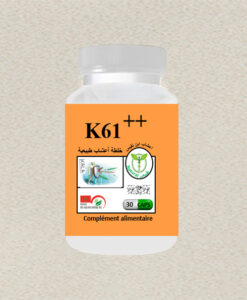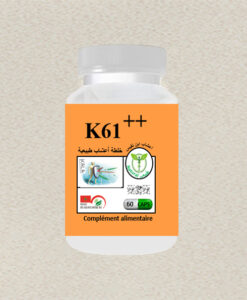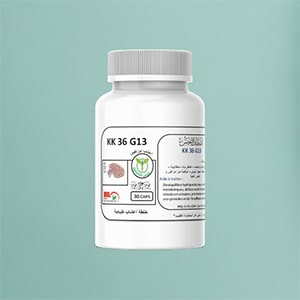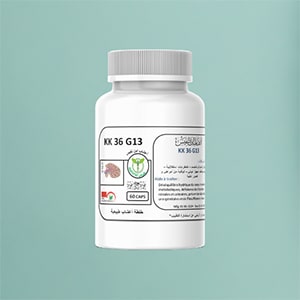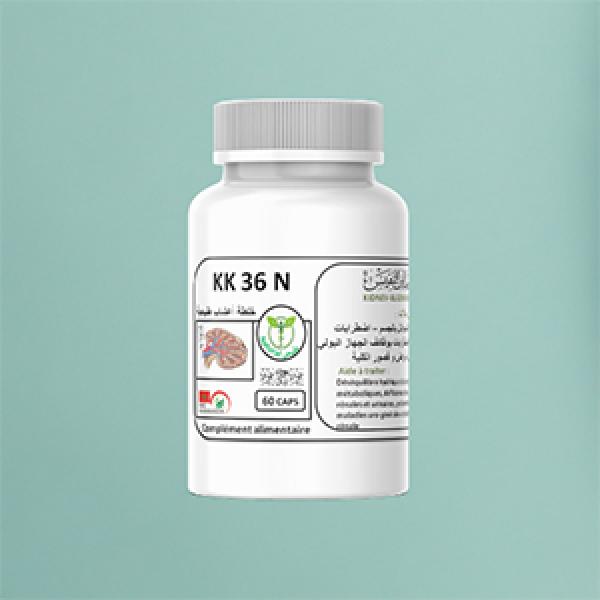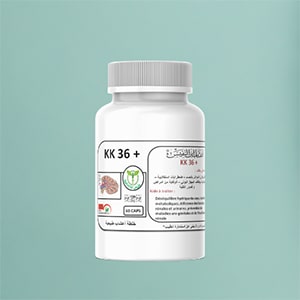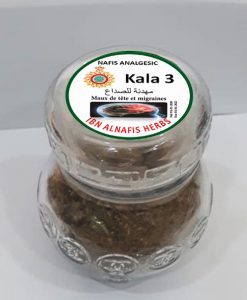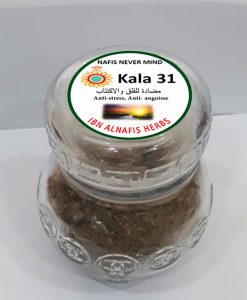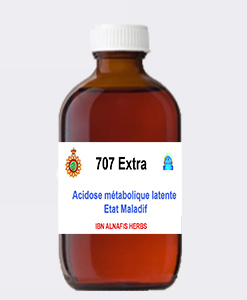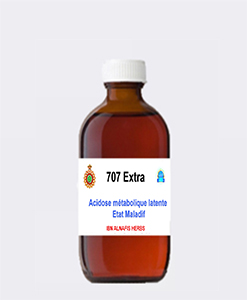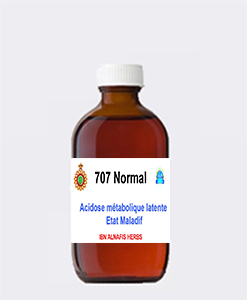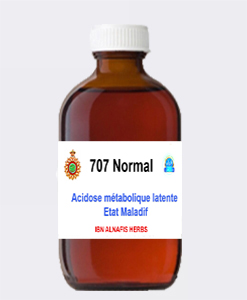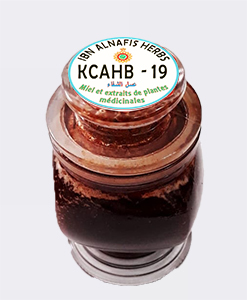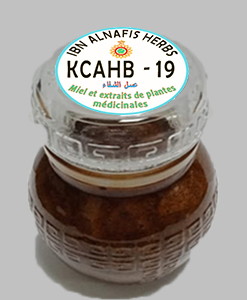Attention Deficit Hyperactivity Disorder – Autism Spectrum Disorder
AUTISM :
Autism spectrum disorder is a human neurodevelopmental disorder, variable that is characterized by:
-Qualitative disorders of verbal and nonverbal communication.
-Qualitative alterations of social interactions.
-Behaviors presenting restricted, stereotyped and repetitive activities and interests.
From the first two years of the child, the signs of autism appear as the impression of indifference to the sound world, the absence of attempt at communication, the difficulty in fixing the gaze and the gap with the behavior of other children. However, some autistic people develop normally and then suddenly regress.
The cause of the disorder includes a majority genetic part and minor environmental influences. It is a phenotypic character, with the presence of hundreds of genetic mutations that modify the neurology of the brain, the metabolism, the immune system and the intestinal flora. The organization of the cerebral cortex at the level of dendrites and synapses presents singularities, a higher number of 67% on average at the level of the frontal lobes and modifications that involve the dopaminergic, glutaminergic system and other neurotransmitters.
Chemical drug treatments are absent but some disorders can find medical answers such as epileptic seizures or the imbalance of the oxytocin or melatonin level.
Autism is a handicap that causes great worry in families and a feeling of helplessness.
Autistic people must be helped from early childhood to gain autonomy and develop communication habits.
Attention deficit disorder:
Attention deficit with or without hyperactivity affects children, adolescents and adults. It is a neurobehavioral disorder. The affected person has difficulty concentrating, paying attention and carrying out tasks. Inattention can be accompanied by impulsivity and motor hyperactivity. There is a delay in language development and learning, 5 to 10% of children are affected. The affected newborn cries a lot, becomes agitated and suffers from lasting colic. At one year old, he moves constantly and makes noise, an irritable and clumsy child, he can have nervous breakdowns with a limited attention span. The patient suffers from:
-Oppositional defiant disorder (hostile attitude).
-Conduct disorder (antisocial).
-Depression since he suffers from a false self-esteem.
-Anxiety disorders accompanied by tics or obsessive compulsive disorders.
The patient is susceptible to delinquency and addiction to alcohol or drugs.
Causes:
Genetic, several genes have been identified as involved in the disease.
Environmental: exposure to toxic substances during fetal life explains 10 to 15% of cases. Lead or pesticide poisoning.
Brain injury: following a brain infection, lack of oxygen or complications at birth, hyperkinetic premature babies, head shock, disease such as phenylketonuria due to the lack of the enzyme phenylalanine hydroxylase which leads to the accumulation of phenylbolanine in the blood and brain, blood sugar disorder, autism, lack of vitamin B, insufficient metabolism of catecholamines, treatment with certain antidepressants, audio-visual abnormalities.
It is noted that the size of the brain is 4% smaller than in normal children at the level of the frontal lobe, cerebellum and temporal gray matter. The cortex is less thick, the cortical area is smaller, the consumption of glucose and oxygen at the cerebral level is lower. There are abnormalities in the development and functioning of the brain with imbalance of neurotransmitters especially dopamine and noradrenaline.
Chemical treatment is based on psychotonics that can act as neurotransmitters: inhibitor of the reuptake of noradrenaline or dopamine at the presynaptic level or selective stimulant of central adrenergic receptors to improve the connection network of the prefrontal cortex. The side effects remain numerous neuropsychiatric, cardiovascular and cerebral vascular.
Please contact us for any information, explanation or advice about our products.
Get information and consultationGGG


